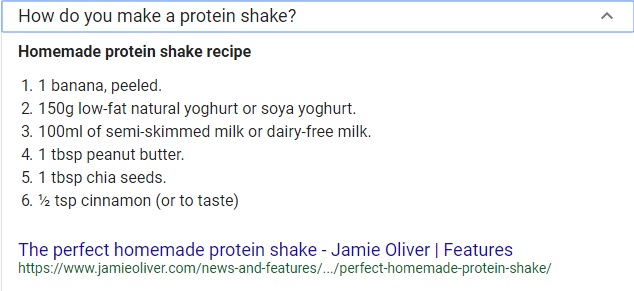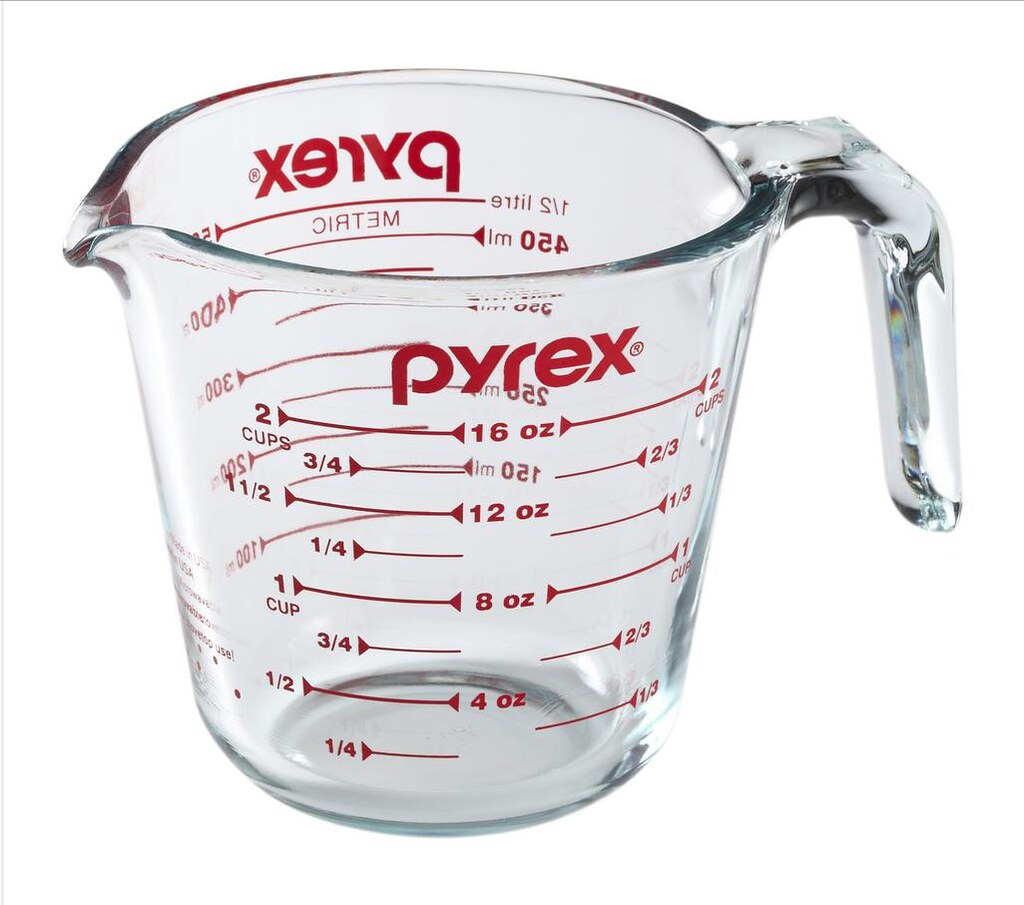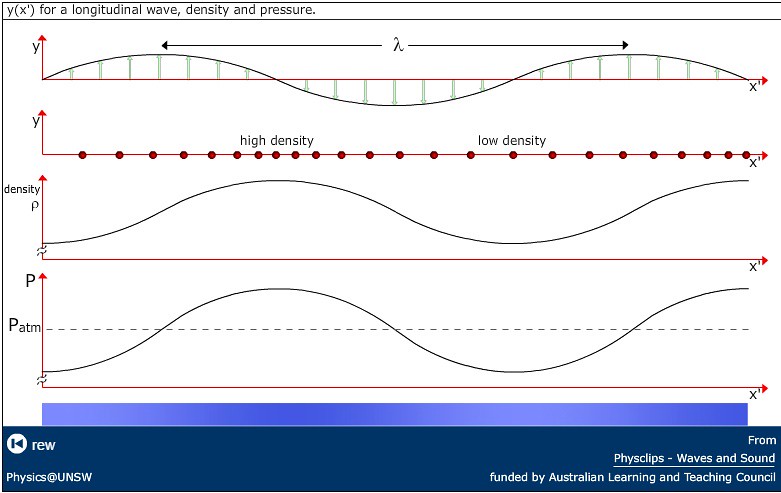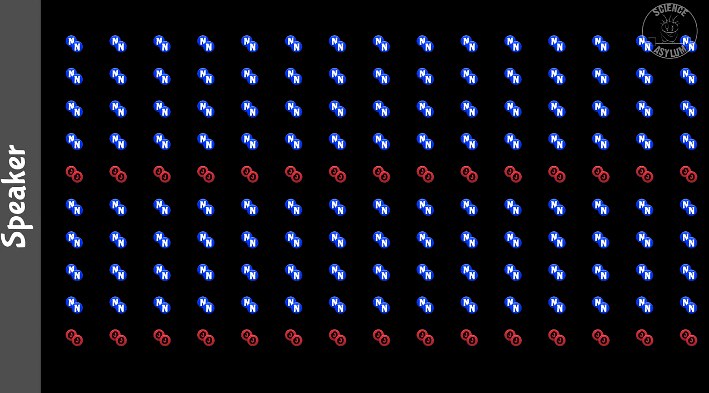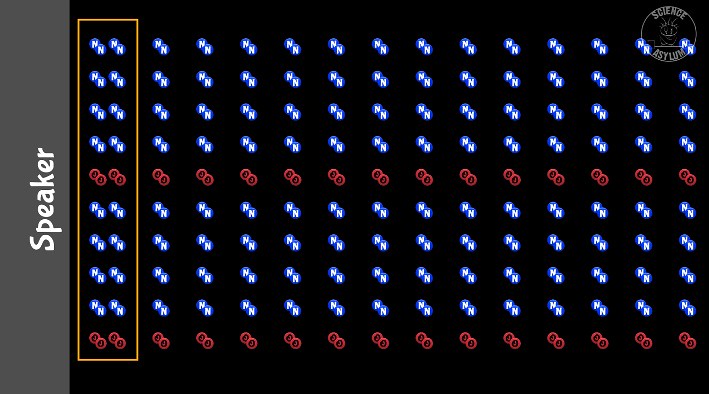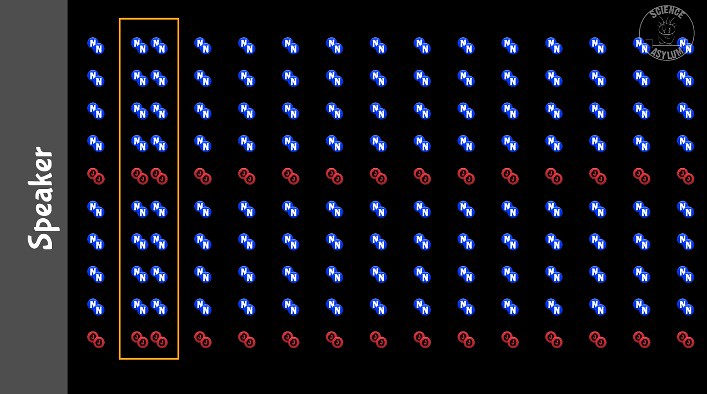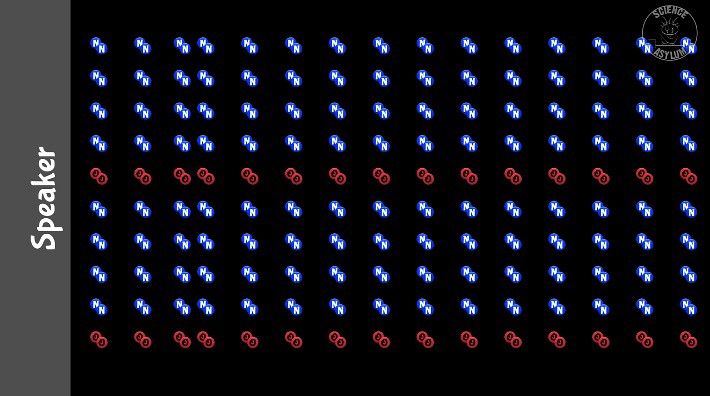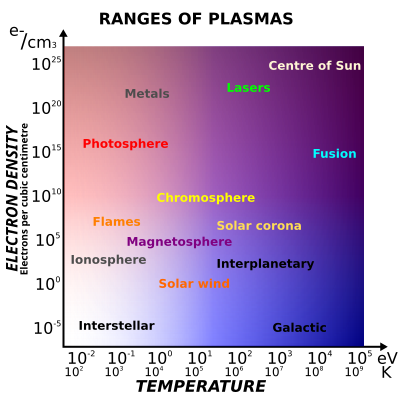Source: Food Revolution
The food revolution is steering people toward purchasing food from locally sourced food which is typically labeled as "organic." Implied in the purchase is that the "organic" label means that the produce was grown without using pesticides. Activists have long since been shouting about pesticide exposure due to eating non-organic produce. A new study out of the Journal "Environment Research" provides evidence of exposure in question.
I ran across the study (linked) in an article from the website "Friends of the Earth" titled "New study: Pesticide levels in children and adults drop dramatically after one week of eating organic" briefly explaining the finding:
WASHINGTON, D.C. – A groundbreaking peer-reviewed study published today in the journal Environmental Research found that switching to an organic diet significantly reduced the levels of synthetic pesticides found in all participants – after less than one week. On average, the pesticide and pesticide metabolite levels detected dropped by 60.5% after just six days of eating an all-organic diet.The study, Organic Diet Intervention Significantly Reduces Urinary Pesticide Levels in U.S. Children and Adults, found significant reductions in pesticides that have been associated with increased risk of autism, cancers, autoimmune disorders, infertility, hormone disruption, and Alzheimer’s and Parkinson’s diseases. The most significant declines involved organophosphates, a class of highly neurotoxic pesticides linked to brain damage in children: the study found a 95% drop in levels of malathion and a nearly two thirds reduction in chlorpyrifos. Organophosphates are so toxic to children’s developing brains that scientists have recommended a full ban.
The participants of the study were four families from diverse areas across the United States. Study participants were given a controlled diet of organic food for six days straight while being monitored by urinalysis. The key findings of the study are shown below:
(1) A 61% drop in chlorpyrifos, a neurotoxic pesticide known to damage children’s developing brains. Exposure is associated with increased risk of autism, learning disabilities, ADHD, and IQ loss.(2) A 95% drop in malathion, another neurotoxic organophosphate pesticide and a probable human carcinogen according to the World Health Organization.(3) A 83% drop in clothianidin, a neonicotinoid pesticide. Neonicotinoids are associated with endocrine disruption and changes in behavior and attention, including an association with autism spectrum disorder. Neonicotinoids are also a main driver of massive pollinator and insect losses, leading scientist to warn of a “second silent spring.”(4) A 43-57% drop in pyrethroids, a class of pesticides associated with endocrine disruption and adverse neurodevelopmental, immunological and reproductive effects.(5) A 37% drop in 2,4-D, one of two ingredients in Agent Orange. 2,4-D is among the top five most commonly used pesticides in the U.S. and is associated with endocrine disruption, thyroid disorders, increased risk of Parkinson’s and non-Hodgkin’s lymphoma, developmental and reproductive toxicity and other health issues.
Here is a short video from the article describing the study (less than 2 minutes in length:
What should citizens take home from this study?
The study above is fascinating, but not all that surprising. Why? First, the chemical structures of pesticides are designed to 'adversely impact' the biochemical pathways of insects/bugs not humans. The proteins to which the pesticide chemicals bind to are not present in humans. Does that mean that pesticides are totally alright to eat -- not necessarily. Second, pesticides are mostly water soluble and can be washed off prior to using in food preparation. More will be written about pesticide and the mechanisms behind them inside both the human and insect body. Meaning -- I will look into this and get back to you.
For the time being, eating an organic diet which is pesticide free shows a significant drop in pesticide levels. Although, the fact that pesticide concentration drops off significantly in such a short period of time implies that the our bodies are great at removing the pesticides quickly (breaking them down into metabolites in urine). What would be interesting to see out of this study is the concentration of pesticides in the bloodstream over time within the participants. That would be an interesting parameter to observe to comment on selective/non-selective binding. The longer the pesticide circulates, the greater opportunity for non-selective binding exists.
The study suggests that each of us should immediately switch to an organic based diet. I would be careful in switching to purchasing just organic produce. Just because the label says that the produce is 'pesticide free' does not mean that the produce was grown without the use of pesticides. Be sure (as a cautionary note) to wash all produce before using the items in food preparation. Nevertheless, the study shows direct correlation of urine concentration and the use of pesticides in agriculture.
Related Blog Posts:
Coca Cola Tries To Shape Nutritional Value Within The CDC?
Parameters: Role of 'Stress Gene' revealed in relation to Chronic Pain
Congress Gets Involved In Beef Recall
How Effective Are Poultry Corporations At Reducing Salmonella In Their Products?
One Unknown Fact Which Should Cause Consumers To Be Careful About Handling Meat Before Cooking!
Update: EPA Throws Journalists Out Of PFAS Conference - Why?
Update: Congress asks Federal Agencies about Dangerous Chemicals -- PFOA and PFOS
Congress Asks Defense Department and Environmental Protection Agency about Dangerous Chemicals
Science Topics, Thoughts, and Parameters Regarding Science, Politics, And The Environment!
Dimensional Analysis Of Statistics And Large Numbers - Index Of Blog Posts







